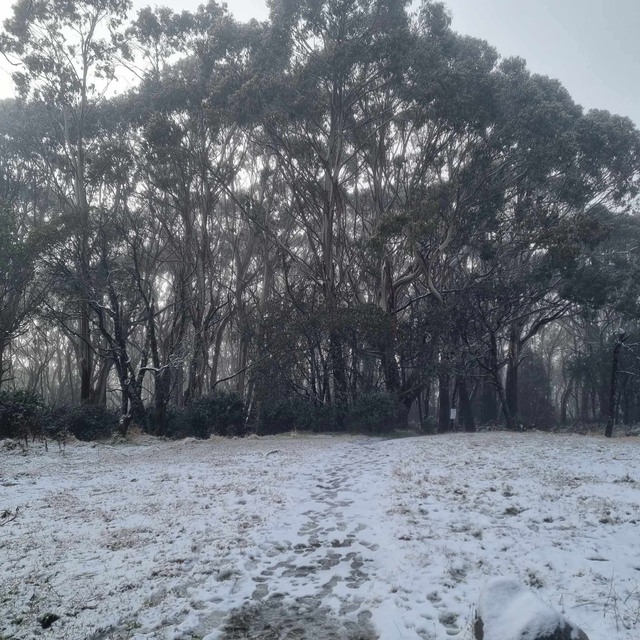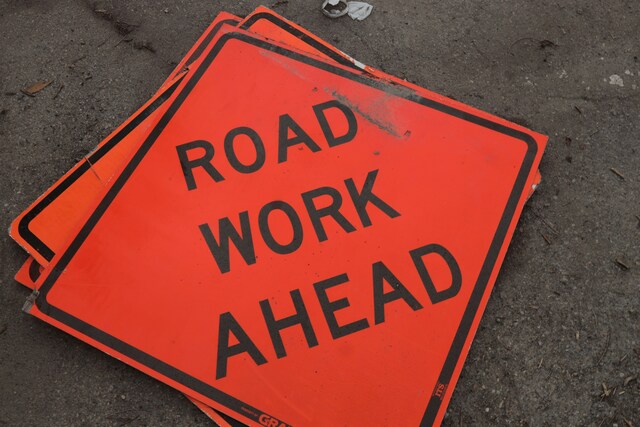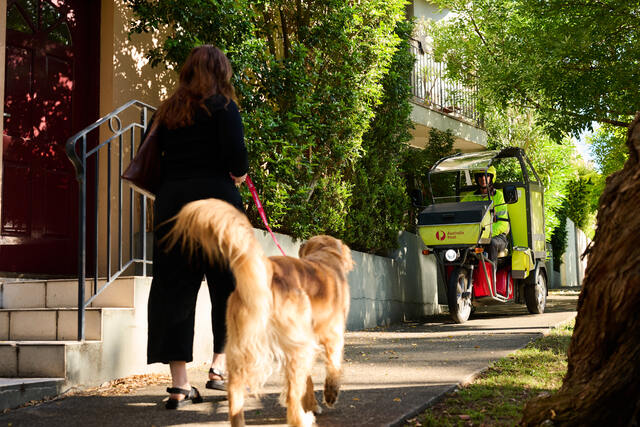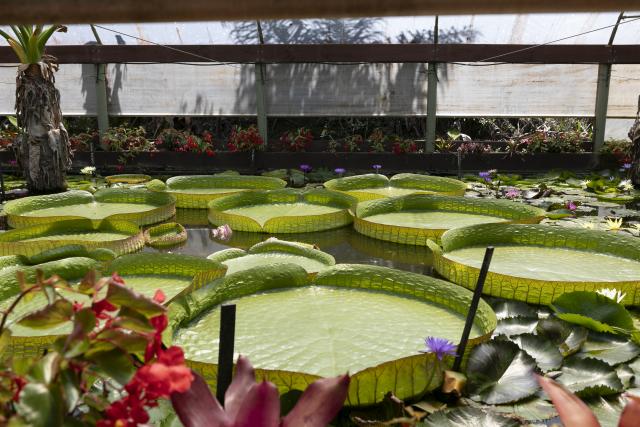Data showed that 2020–2021 had the highest number of sunburn presentations to emergency departments in the last four years.
With the state’s health system already under pressure, SunSmart is pleading with Victorians not to become complacent with their sun protection, with last summer becoming the second-highest number recorded for any year since 2004–2005.
Of the 351 total presentations to emergency departments for the principal diagnosis of sunburn across 2020–2021, 277 were recorded during the summer months of December–February, with an additional 60 recorded in November.
The number of presentations in the summer was highest among adolescents aged 10–19 years (34 per cent), followed by younger adults aged 20–29 years (23 per cent) and children (18 per cent).
Head of SunSmart Heather Walker urged Victorians to use sun protection to reduce the risk of developing skin cancer later in life, but also importantly to avoid sunburn and further presentations to emergency departments.
“As sunburn is completely preventable, it is extremely disappointing to see that last year’s presentations to emergency departments were the second highest in the last seventeen years,” she said.
“When analysing the reasons behind the jump in presentations, we can look to the environment Victorians were experiencing at the time. November 2020 saw the beginning of the spike in emergency department presentations for sunburn, just as the state was coming out of one of its harshest lockdowns and people began heading outdoors again. It seems Victorians may have been caught out after spending so much time indoors, forgetting the importance of sun protection.”
Director of the Victorian Melanoma Service at the Alfred Hospital, Associate Professor Victoria Mar said Victorian families need to do their part to keep children and adolescents safe from the sun.
“Recent years have shown that it is mostly younger Victorians presenting to emergency departments with sunburn, and alarmingly that number is not declining. UV damage during childhood and adolescence significantly increases the risk of skin cancer. Schools and families play a vital role in helping children and adolescents establish good sun protection habits and clearly, we need to do more to help protect the next generation,” she said.
“If you do find yourself in a situation with severe sunburn, you’ll need to seek immediate medical attention. This can include extensive blistering and pain, sunburn over a large area of skin, headache, nausea and vomiting, fever, or dizziness. For mild sunburn, people should stay out of the sun to allow skin to heal, stay hydrated, apply cool compresses and seek a doctor or pharmacists advice on soothing the burn.”
Sun protection is recommended when UV levels are 3 or higher. SunSmart recommends people:
Slip on clothing that covers as much skin as possible
Slop on SPF30 (or higher) broad-spectrum, water-resistant sunscreen
Slap on a broad-brimmed hat that shades the face, ears and neck
Seek shade
Slide on sunglasses that meet the Australian Standard for UV protection
Regional Victorians are also being further encouraged to check their skin for changes and regional doctors urge them to visit their GP as soon as possible if they notice anything unusual.
According to the Victorian Cancer Registry, there was a 12% decline in melanoma diagnoses in 2020 which was attributed to a likely decrease in skin checks during lockdowns.
Cancer Council Victoria and SunSmart agree that the effects of late diagnoses could lead to higher melanoma rates and more people losing their life to skin cancer.
As the fifth most common cancer in Victoria, the most aggressive forms of melanoma can become life-threatening within a matter of months.







